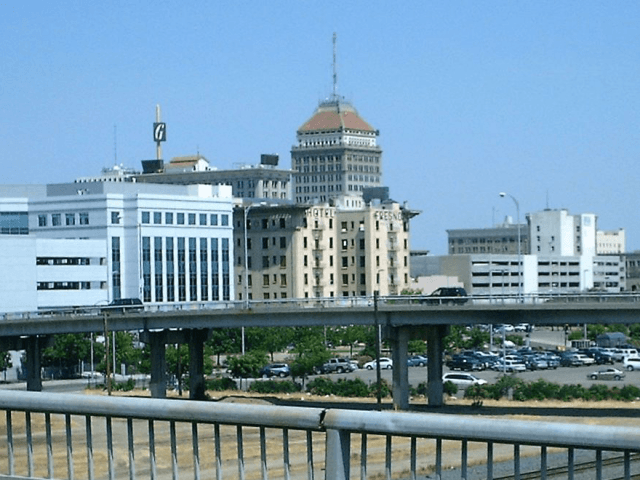Santa Barbara County, Kern County, Fresno County, San Mateo County and Ventura County now spend about 10 percent or more of their total revenue on pension contributions, according to a new study.
A new California Policy Center study surveyed 30 counties that account for more than 95 percent of California’s population. They found that “over $5.4 billion in pension contributions” and “$660 million of debt service payments on pension obligation bonds” were used to fund defined benefit pensions. Counties now represent about one sixth of the $30.1 billion in annual total California state and local pension contributions for 2015.
The CPI’s Ed Ring warns: “For years, public employee union leaders denied the pension burden was even close to 10 percent. This study shows the burden is now approaching 15 percent of revenues” for some government employers.
The highest percent annual California county pension burdens fall on Santa Barbara County (13.1 percent), Kern County (11 percent), Merced (11 percent), Fresno County (10.7 percent), San Mateo County (10 percent), and Ventura County (9.7 percent).
Marc Joffee of CPI states that “years after the Great Recession slammed their Wall Street investments,” a rising percentage of California “counties have broken through the 10 percent ceiling, spending at least one of out of every $10 to fund their government-employee retirement programs.”
CPI documents show that the resulting strain of pension contributions on local budgets varies from a low of 3 percent to a high of 13 percent of total county revenue. Given that every one of the 30 counties studied has an unfunded pension obligation, they expect that the burden percentage for pensions will continue to rise.
Most large counties operate their own pension systems, rather than relying on the California Public Employees’ Retirement System (CalPERS), which is even less funded.
State and local governments were required to implement new accounting standards promulgated by the Government Accounting Standards Board (GASB) in 2015. For the first time, all government pension plans were required to report net pension obligations as a liability on their publically disclosed balance sheets.
But under Statement Number 67, governments were also required to report “Actuarially Determined Contributions” and actual contributions made to their defined benefit plans. Calculated by an independent actuary, the Actuarially Determined Contribution (ADC) is supposed to be an amount sufficient to both finance pensions for current and future retirees, and gradually close the unfunded pension obligation.
As the worst offender in the state, Santa Barbara County employer contribution rates ranged from 20.8 percent to 59.5 percent of employees’ salaries in 2015.
Despite this huge funding cost, as of June 30, 2015, the Santa Barbara County Employees’ Retirement System funded ratio actually fell from 81.1 percent to 78.4 percent. The decline was due to the county pension fund estimating that it would earn 7.5 percent on investments for the year, but only booking a 0.83 percent return on plan assets.
As a result, the Santa Barbara County taxpayers’ unfunded liability for 2015 stood at $698 million for 2015. For each of Santa Barbara’s 200,000 working residents, the tax burden for unfunded pensions is now about $3.490.
According to a 2007 report commissioned by the county auditor, the system’s unfunded liability deteriorated due to poor investment performance, and pension spikes granted by elected officials.
CPI comments that “generous benefits, aggressive return assumptions and (in some cases) high employee pay have left a number of California counties heavily burdened with pension costs.” They expect “overall pension burdens may continue to rise” and will likely result in “ballooning public debt, pressure to raise taxes and cuts in government services.”

COMMENTS
Please let us know if you're having issues with commenting.